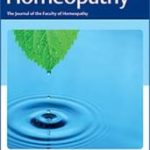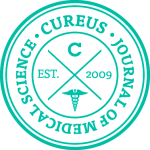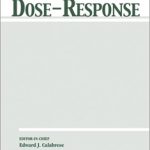Randomized Double-Blind, Placebo-Controlled Feasibility Study, Evaluating the Efficacy of Homeopathic Medicines in the Prevention of COVID-19 in a Quarantined Population

Introduction - Exploring preventive therapeutic measures has been among the biggest challenges during the coronavirus disease 2019 (COVID-19) pandemic caused by severe acute respiratory syndrome coronavirus 2 (SARS-CoV-2). We explored the feasibility and methods of recruitment, retention, and potential signal of efficacy, of selected homeopathic medicines as preventive measure for developing COVID-19 in a multi-group study. Methods - A six-group, randomized, double-blind, placebo-controlled prophylaxis study was conducted in a COVID-19 exposed population in a quarantine facility in Mumbai, India. Each group received one of the following: Arsenicum album 30c, Bryonia alba 30c, a combination (Arsenicum album 30c, Bryonia alba 30c, Gelsemium sempervirens 30c, and Influenzinum 30c), coronavirus nosode CVN01 30c, Camphora 1M, or placebo. Six pills twice a day were administered for 3 days. The primary outcome measure used was testing recruitment and retention in this quarantined setting. Secondary outcomes were numbers testing positive for COVID-19 after developing symptoms of illness, number of subjects hospitalized, and days to recovery. Results - Good rates of recruitment and retention were achieved. Of 4,497 quarantined individuals, 2,343 sought enrollment, with 2,294 enrolled and 2,233 completing the trial (49.7% recruitment, 97.3% retention). Subjects who were randomized to either Bryonia alba or to the CVN01 nosode signaled (p <0.10) a lower incidence of laboratory-confirmed COVID-19 and a shorter period of illness, with evidence of fewer hospitalizations, than those taking placebo. The three other groups did not show signals of efficacy. Conclusion - This pilot study supports the feasibility of a larger randomized, double-blind, placebo-controlled trial. Bryonia alba 30c and CVN01 30c should both be explored in disease prevention or shortening the course of disease symptomatology in a COVID-19-exposed population.








Lascia un commento
Devi essere connesso per inviare un commento.